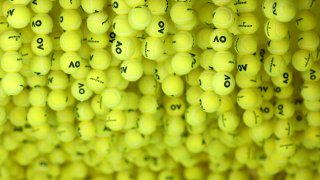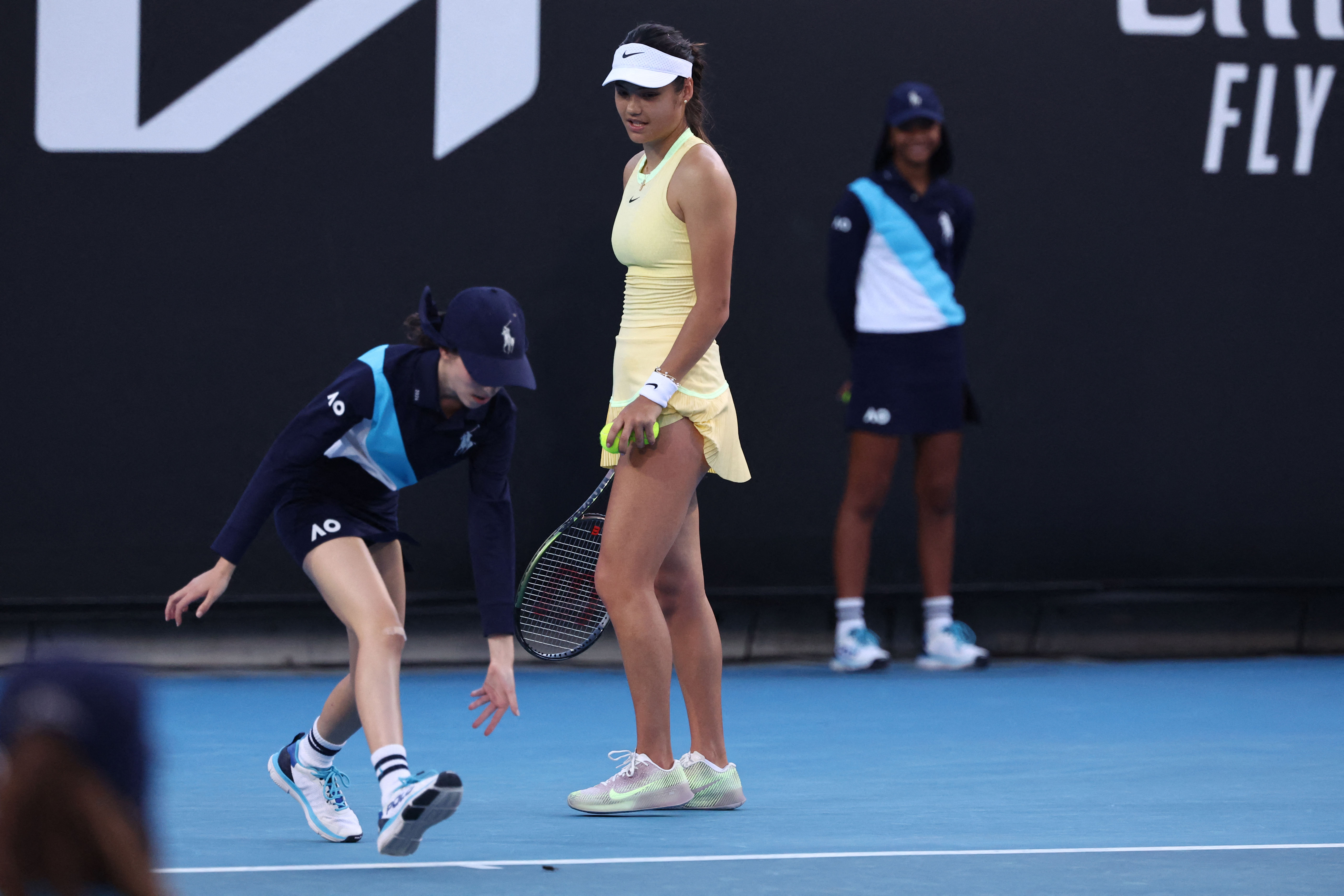
In the run-up to the Australian Open, defending champion Novak Djokovic's right wrist was sore — hardly ideal for a tennis player who swings his racket primarily with that arm.
Cam Norrie, the tournament's 19th-seeded man, has been dealing with wrist pain, too. As has Brenda Fruhvirtova, one of a trio of 16-year-olds who reached the second round of the women's bracket at Melbourne Park.
Djokovic, Norrie and Fruhvirtova were not prepared to blame the ever-changing types of tennis balls used year-round at the sport's highest levels, but they weren't necessarily ready to absolve that issue completely, either. For a while now, some players have wondered aloud whether their wrists, elbows, shoulders and other body parts involved in propelling rackets to strike shots at speeds regularly topping 100 mph (150 kph) are at greater risk because of a constant need to adjust to projectiles that are heavier or lighter, slower or speedier, fluffier or more consistent than the ones they were hitting a week or two or three earlier.
The WTA and ATP professional tours are finally ready to look into the matter, announcing right before this week's start of the year's first Grand Slam tournament they are conducting “a strategic review” of tennis balls, although they don't envision any changes before 2025.
Get Southern California news, weather forecasts and entertainment stories to your inbox. Sign up for NBC LA newsletters.
“I hope they can figure it out. Seems pretty far away,” 2016 Wimbledon runner-up Milos Raonic said. “It seems like they’re kind of kicking the can down the road.”
Taylor Fritz, a 26-year-old from California who was the highest-seeded American man in Melbourne at No. 12, is among those harboring concerns. He said when the ATP asks male players at the end of each season what they think can be improved about the sport, he always mentions the fluctuations among the fuzzy tennis balls.
“When I was younger ... (I) didn’t get injured too easily. I’ve been really feeling it,” Fritz said.
“It’s not so much like the specific ball that injures us. In some cases it is. But it’s more just: You get used to one, and then when you change to something that’s a bit heavier, your wrist or your elbow or whatever is taking the force," he explained. "Everyone is different. Everyone hits the ball different — grips, all that stuff. Whatever is taking the force is now not trained to take that. It’s been trained to take maybe a lighter ball. So it’s just all the switching; it causes problems.”
According to the WTA, most injuries on its tour over the past four years are to the foot (17%) or thigh (13%). Wrist or shoulder injuries follow and account for a combined 18.5%.
Ten brands of tennis balls — and 19 distinct types — were used across the WTA in 2023. A similar number of brands popped up around the ATP.
Imagine the NBA using that many kinds of basketballs ... or the NHL using that many kinds of pucks ... or the NFL using that many kinds of footballs ... or Major League Baseball using that many kinds of baseballs during one of their seasons ... or FIFA using that many kinds of soccer balls during one World Cup. They don't, of course; each sticks to one brand.
“I just try and play with what I’m given," British tennis player Katie Boulter said. "It does change week by week."
One significant difference between tennis and some other sports is that surfaces change, prompting ball changes. The Australian Open is contested on hard courts, the U.S. Open is on another sort of hard courts, the French Open is on clay, Wimbledon is on grass.
Some players, such as two-time major champion Carlos Alcaraz, want consistency within each portion of the season, but right now each tournament chooses its own ball supplier or sponsor. Money, as is often the case in the world of sports, talks.
Fritz and Alcaraz noted that events during the lead-in to last year's U.S. Open went with four different balls in a four-week span.
Fritz and others, such as two-time Australian Open champion Victoria Azarenka, pointed to one possible compromise: a universal ball that would vary its branding from week to week.
“If you ask me, ‘Oh, should we change the balls?’ Yeah, absolutely,” Azarenka said. “We should have similar consistency.”



